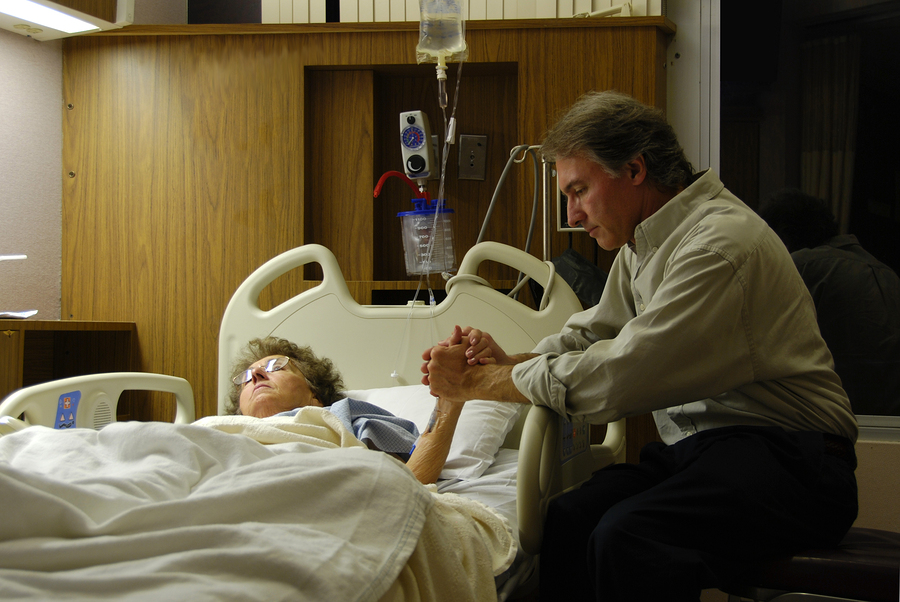New Federal Task Force to Address Opioid Prescribing
/By Pat Anson, Editor
The federal government is forming another advisory panel to study and develop "best practices" for treating acute and chronic pain. And for the first time, the feds are seeking nominations from the public for members to serve on the panel, who would represent pain patients and pain management experts.
The Pain Management Best Practices Inter-Agency Task Force was authorized by the Comprehensive Addiction and Recovery Act of 2016 – also known as the CARA Act – a landmark bill signed into law last year to address the nation's addiction and overdose crisis.
While much of CARA is focused on preventing and treating opioid addiction, the law also calls for the Department of Health and Human Services (HHS) to form a task force to recommend solutions to “gaps or inconsistencies” in pain management policies among federal agencies.
Currently, the Centers for Disease Control and Prevention, Food and Drug Administration, Centers for Medicare and Medicaid Services, Department of Veterans Affairs, and the Department of Defense all have different regulations and guidelines for opioid medication.
“This Task Force represents a critical piece of HHS’s five-point strategy to defeat the opioid epidemic, which includes advancing the practice of pain management,” HHS Secretary Tom Price said in a news release.
“Top experts in pain management, research, addiction and recovery can help us reassess how we handle the serious problem of pain in America.”
The task force could have as many as 30 members representing a broad spectrum of interests in pain management, according to a notice being published in the Federal Register:
The members of the Task Force shall include currently licensed and practicing physicians, dentists, and non-physician prescribers; currently licensed and practicing pharmacists and pharmacies; experts in the fields of pain research and addiction research, including adolescent and young adult addiction; experts on the health of, and prescription opioid use disorders in, members of the Armed Forces and veterans; and experts in the field of minority health.
The Members of the Task Force shall also include… representatives of pain management professional organizations; the mental health treatment community; the addiction treatment community, including individuals in recovery from substance use disorder; pain advocacy groups, including patients; veteran service organizations; groups with expertise on overdose reversal, including first responders; State medical boards; and hospitals.
Members will also be appointed to represent Veterans Affairs, Department of Defense, Office of National Drug Control Policy, and “relevant HHS agencies.” The latter most likely includes the FDA and CDC. The Drug Enforcement Administration, an agency in the Department of Justice, will apparently not have a representative on the task force.
Pain patients and pain management experts have been poorly represented – and in some cases excluded – from previous federal advisory panels that addressed opioid prescribing and addiction. Some panel meetings were also closed to the public.
President Trump’s opioid commission, for example, includes three governors, a former congressman, and a Harvard professor who has been a longtime critic of opioid prescribing. No patients, pain management experts or practicing physicians were appointed, and the commission only heard testimony from addiction treatment advocates during its one public meeting.
That was better than the CDC, which held no public hearings while preparing the initial draft of its opioid prescribing guideline in 2015. As PNN has reported, the “Core Expert Group” and various stakeholders that advised the CDC were dominated by special interest groups and addiction treatment specialists, including five board members of Physicians for Responsible Opioid Prescribing (PROP), an anti-opioid activist group. Only after a public outcry and threats of a lawsuit did the agency delay the release of the guideline, seek public comment and form a new advisory panel.
Are you interested in becoming a member of the new task force on pain management or know someone who might?
Information on how to nominate individuals – including self-nominations -- can be found by clicking here. Applications are due by Wednesday, September 27. All nominations must be submitted via email to the attention of Vanila Singh, MD, Chief Medical Officer at PainTaskforce@hhs.gov.
Members of the task force who are not government employees will receive per diem pay and reimbursement for travel expenses. All task force meetings will be open to the public.


























